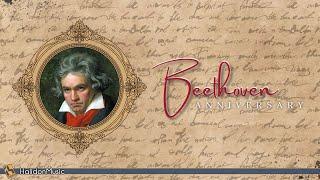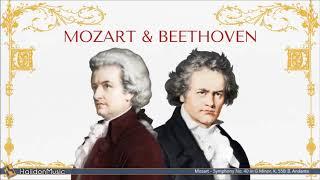Beethoven: Piano Concerto No.5 in Eb, Op.73 (Grimaud)
Description
The most exultant and thrilling of Beethoven’s piano concertos. It’s actually pretty rare in the so-called classical canon that a work that is just so unreservedly *happy* for most of its length gets acknowledged as a full-blown masterpiece, but the Emperor has deservedly made it. (As an aside, the title “Emperor” has always struck me as really annoying, mostly because this piece really does not have much by way of bombast or imperiousness. Instead it’s consistently generous and open, even as its tone shifts from celebratory in the first to confessional in the second and joltingly dancelike in the third.) Every movement is perfectly put together – the first movement is ingeniously built up from a diverse but closely-related set of themes, the second movement is a study in how a major key can be so tender as to be almost sad, the third has a lot of fun with juddering syncopation (pretending to be in ¾) + colourful modulations, and even the first movement’s orchestral exposition (which in many other concertos is a bit of a plod) is almost unbearably exciting. It’s also remarkable how much of the musical connective tissue in the work is beautiful in its own right – lots of passing material in the first movement, for instance, is really nice.
Grimaud and the Staatskapelle Dresden put in an inspired performance here – Grimaud has a Brahmsian way with the piano part: alternately meltingly beautiful and intensely dramatic, with some truly majestic soundscapes (see 10:26 and the octave passage after), while the SD has some really nice playing in the brass/woodwinds (all those lovely closeups of secondary lines!). Some highlights:
0:03 – Not that uncommon these days, actually, but Grimaud takes the opening arpeggio with measured tuplets. It's a nice effect, turning a standard-issue arpeggio into a much more interesting texture.
5:34 – T2 played in such a hushed/glowing manner (nobody else takes it this softly), and the subtle dynamic shading (and rubato – barely there but definitely there) of the major-mode variant which comes after.
29:30 – The RH arpeggiated chord is taken in interesting way (both here and elsewhere) – Grimaud jumps back to the lowest note of the chord after reaching the top, making the chord sound much more angular.
32:05 – The wafer-thin pianissimo at the top of the phrase beginning here (and similar).





















Comments